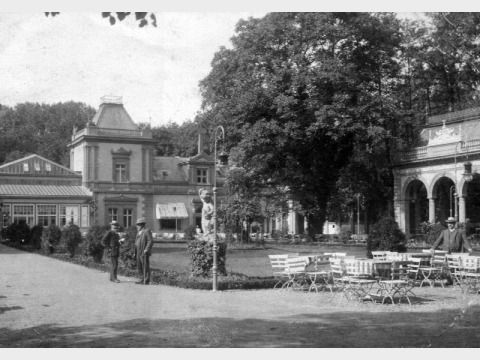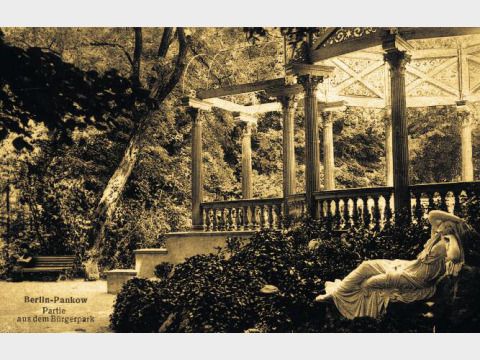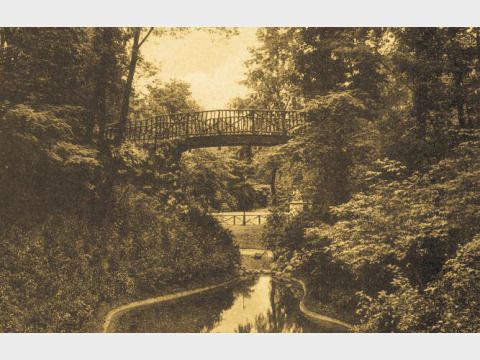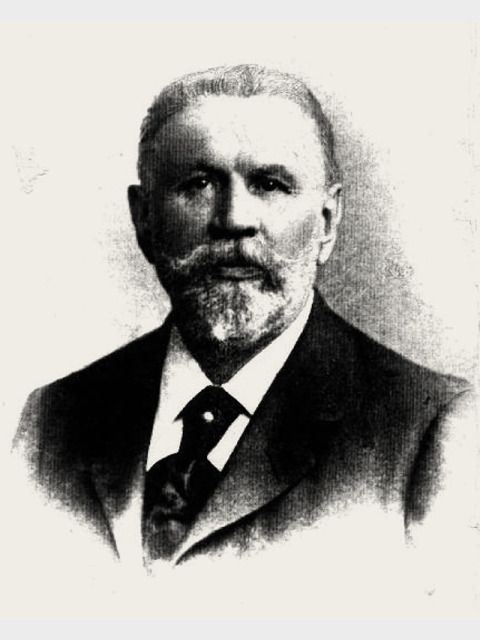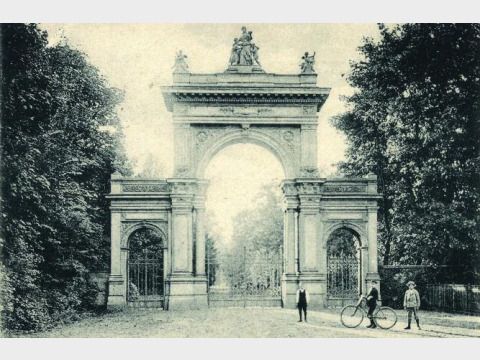Publisher Hermann Killisch von Horn acquired 2.5 hectares of land at the Panke River far from the gates of Berlin in the year 1856 and later extended it by 10 hectares through additional purchase. In 1868 he hired the 29-year-old Wilhelm Perring (1838-1906) as head gardener. The horticultural association “Pankow Schönhausen” was founded the same year and Perring was elected its first chairman. Wilhelm Perring then designed the private park area according to the ideas of his employer von Horn until 1876.
After the death of Killisch von Horn in 1886 the park became a quiet place. When it finally was put up for sale and parcelling out and covering with buildings was threatening, the community of Pankow acquired it in 1907, greatly aided by the commitment of Mayor Wilhelm Kuhr and the Pankow country doctor Emanuel Mendel. Under the direction of horticultural director Alexander Weiß, the site was subsequently converted into a public park for citizens.
In 1920 Pankow and Niederschönhausen became part of Berlin and the park expanded to the north of the Panke riverbank. Three years later the Volkspark Schönholzer Heide with its sunbathing lawn and paddling pool was created here, connected by two pedestrian bridges. The Volkspark underwent its most drastic changes in the 1960s, when the construction of the Berlin Wall deprived it of its guests from Wedding. Between 1965 and 1967, its layout and pathways were made more spacious and straight, numerous trees were cut down and ruinous buildings removed.
The plantings of that time have grown up today and the site has acquired a new quality. The district is breaking new ground in its efforts to provide care. Residents are allowed to foster flowerbeds. The Bürgerpark is the largest park in the current city district of Pankow, covering approximately twelve hectares.


